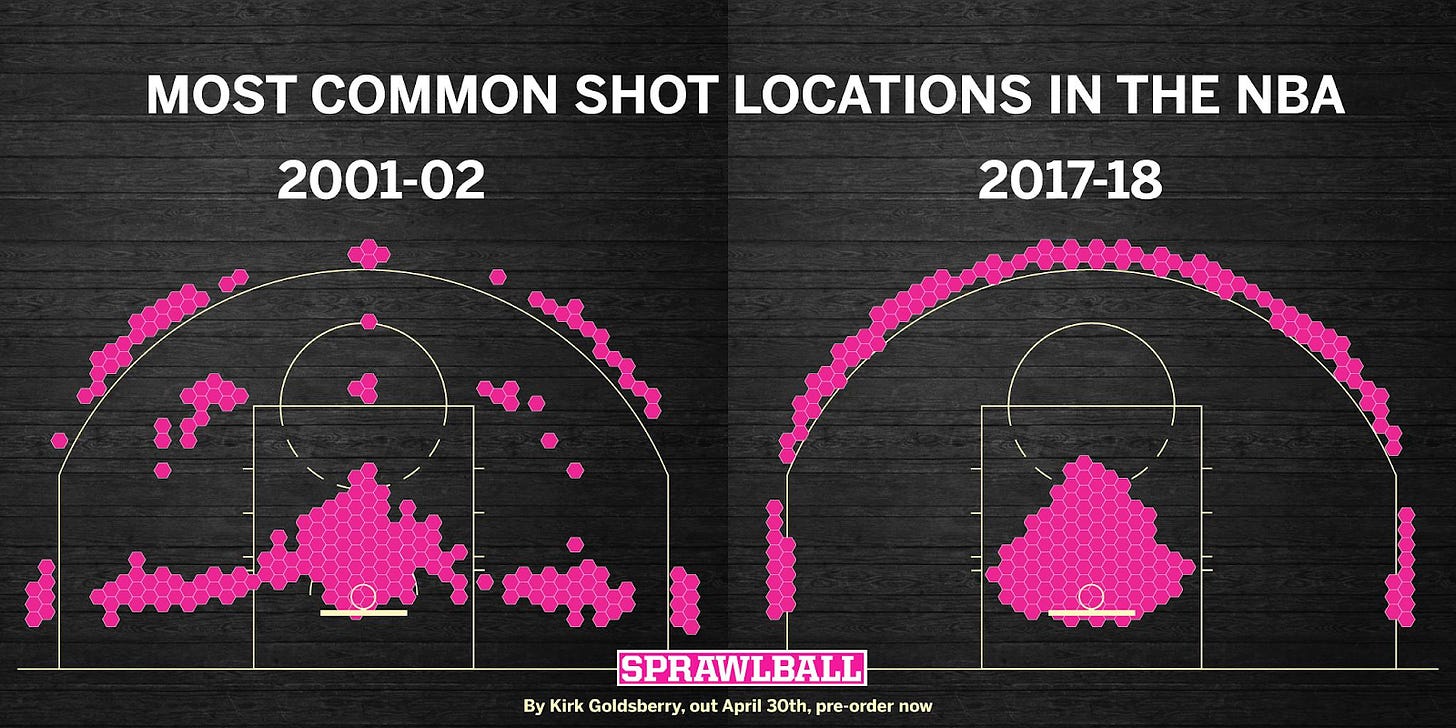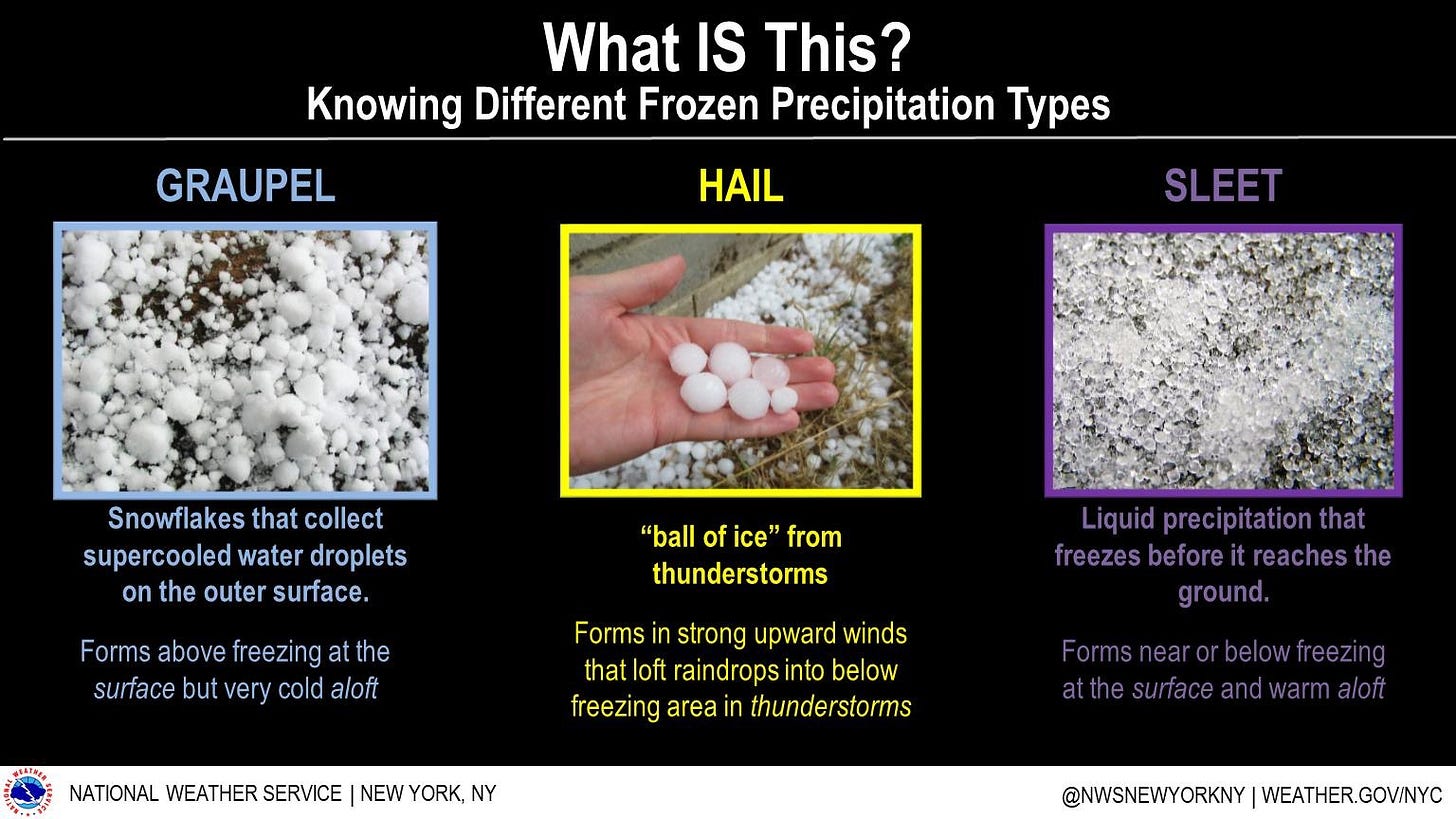Noah here. This week’s New Yorker has a piece about the age-old battle between statisticians and scouts in baseball. It’s ostensibly a review of a new book by Christopher Phillips called Scouting and Scoring: How We Know What We Know about Baseball, but mostly it's about the large grey sea that sits between quantitative and qualitative judgement. The book’s thesis (and the article’s as well) is that the two sides have more in common than not and you can’t really have one without the other. “The scout’s job is the same as the scorer’s: he puts a number on a player, and that number represents the player’s potential value.” Where they meet are the rules, such as errors in baseball, which will always include some subjectivity to ensure both clarity and competitiveness.
Why is this interesting?
This is the debate of our times. While the baseball example is particularly famous thanks to Michael Lewis and Brad Pitt, every newspaper and magazine is required by law to include an article per issue chronicling how the world is being transformed by DATA. For most of those pieces the focus is on scale (terabytes!), but the lesson we learn over and over in both business and sport is choosing the right metrics is far more important than the number of them you have at your disposal.
Basketball paints a perfect version of this story. While the sport has surely been changed by new data-intensive technology like motion tracking, the biggest revolution came from grade school multiplication, not computer vision. A massive shift in the way the game is played was born out of the basic math that shooting three-pointers at a 40% clip has a higher expected value (1.2 points) than shooting twos at 55% (1.1 points). Add to that the expected value of layups and free throws and you’ve got a whole new strategy for the game that is best illustrated by the below chart from NBA analyst Kirk Goldsberry (his new book Sprawlball, comes out at the end of this month).

Those shots between layups and dunks just don’t make much sense when the math starts.
There seem to be two big takeaways here. The first is that a lot of this stuff isn’t really a debate between data and emotions or scale and creativity, but rather just a fundamental issue with some analysis of what really matters. It just so happens that there wasn’t much data in earlier times, so it’s easy to point the finger at the scouts (as Moneyball does so well), but they’re almost definitely just a scapegoat for a large number of people in power with little incentive to change.
The second big point is that the scout/scorer debate is more of a pendulum than a binary choice. Just as in any market, when you swing things too far one direction opportunities emerge the other way. What constitutes a modern moment is likely just extra rapid motion as discoveries are made and people/teams/companies/leagues/governments make adjustments to rebalance things.
It reminds me a bit of another New Yorker book review, actually: Adam Gopnik on the state of tech writing. He breaks the books (and the world) down into three buckets that seem equally apt for this debate. On one side are the utopians (he calls them “never-betters”), on the other the dystopians (“better-nevers”), and finally in the middle are the “ever-wasers” who “insist that at any moment in modernity something like this is going on, and that a new way of organizing data and connecting users is always thrilling to some and chilling to others–that something like this is going on is exactly what makes it a modern moment.” In other words, expect the pendulum to keep swinging.
Today I Learned:
The difference between graupel, hail, and sleet. (NRB)

Quick Links:
I was reminded of this excellent Jia Tolentino New Yorker article from last year on Juul. One of my favorite snippets: "Juuling and scrolling through Instagram offer strikingly similar forms of contemporary pleasure. Both provide stimulus when you’re tired and fidgety, and both tend to become mindless tics that fit neatly into rapidly diminishing amounts of free time. (You can take two Juul hits and double-tap a bunch of pics in about ten seconds. You need an inefficient five minutes to burn a paper tube of tar and leaves into ash.) The omnipresence of Juul on social media has undoubtedly made kids overestimate the extent of teen Juuling—young people tend to think that their peers drink, smoke, and hook up more than they actually do. And it’s all beyond regulation: the F.D.A. can control the behavior of companies advertising nicotine for profit, but it can do nothing about teens advertising nicotine to one another for free." (NRB)
After surveying 5,000 of its employees, Google put together (and released publicly) its guide for for remote working. Some of it’s so obvious it doesn’t seem worth stating (“Some engagement signals are lost when working together virtually”), but there’s some other advice that, while obvious, is easily forgotten (“Ask for input from the most isolated meeting participant any time the meeting breaks into a discussion.”). (NRB)
Robert Caro and the means and ends of power. (CJN)
And the award for best Tik Tok of all time goes to…this. (CJN)
Thanks for reading,
Noah (NRB) & Colin (CJN)


